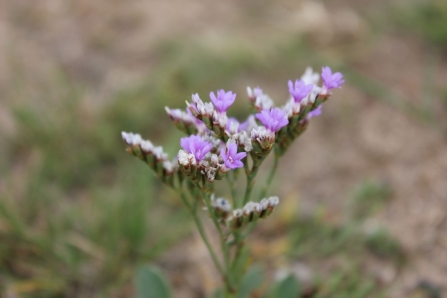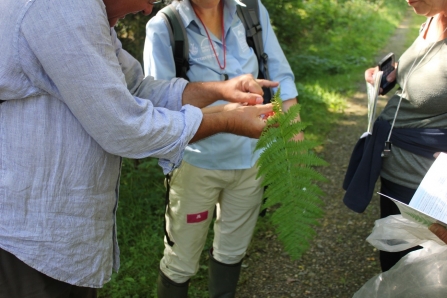Recently Simon and I joined four members of staff visiting Lincolnshire from the Natural History Museum (NHM) in London. Between them we had botany experts, a molecular biologist and a charophyte (freshwater algae) specialist.
The aim of the visit was twofold - to find and collect charophyte species and any other species of note, all of which we took duplicate samples of to keep in the herbarium at Sir Joseph Banks Society in Horncastle; and for Fred Rumsey (Senior Curator at NHM) to lead a fern identification and collection event at Chambers Farm Wood.







